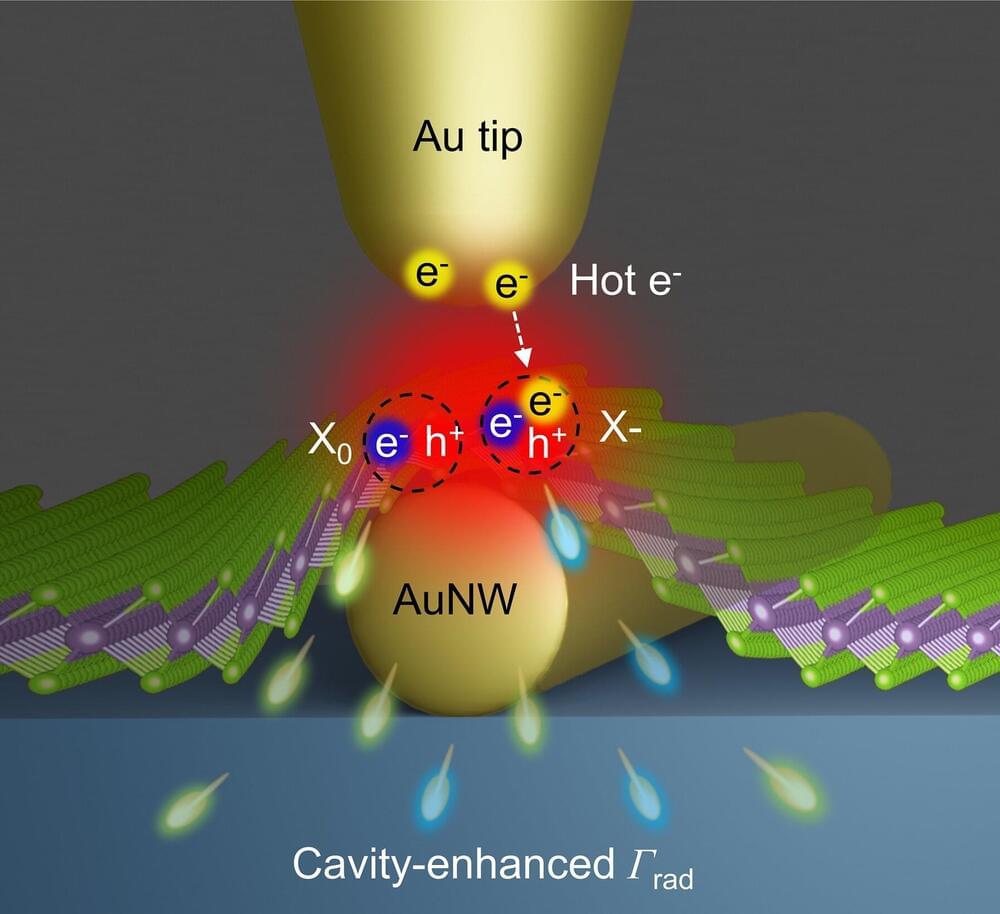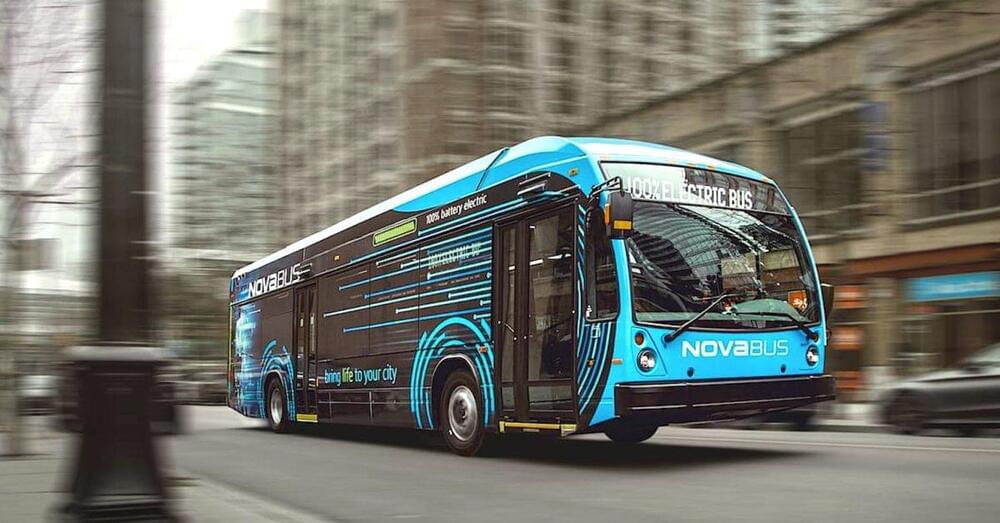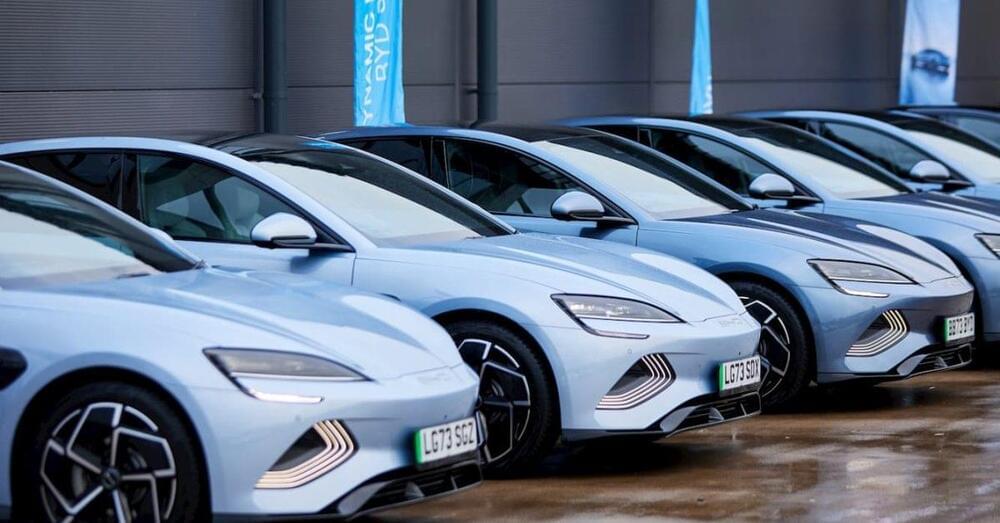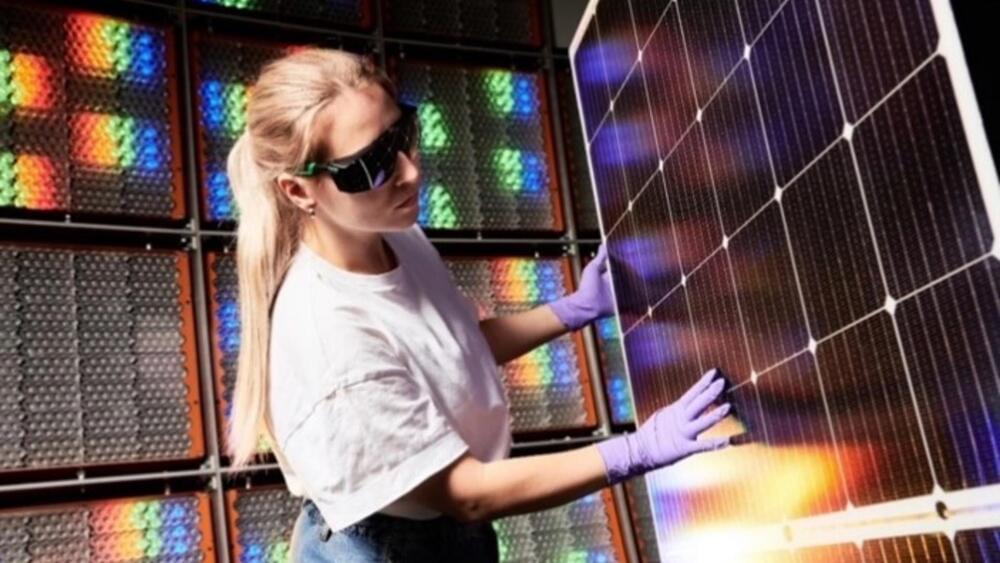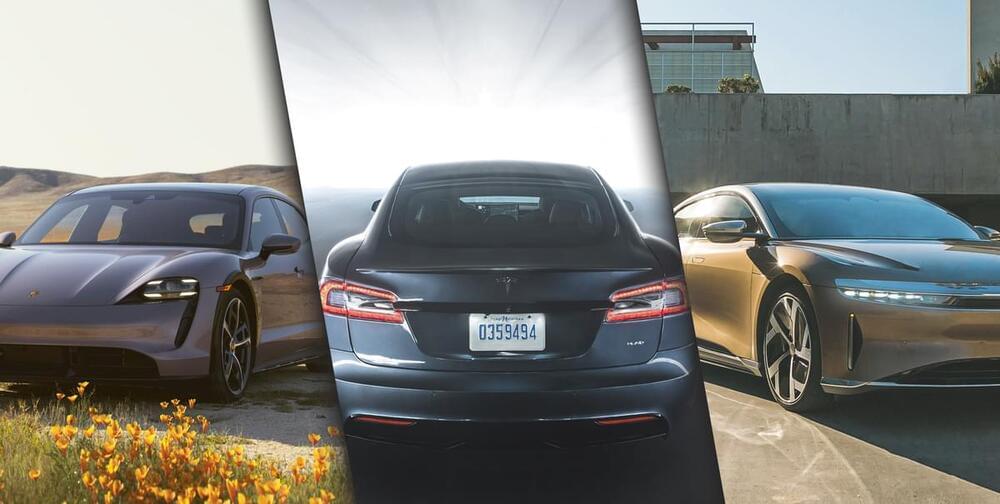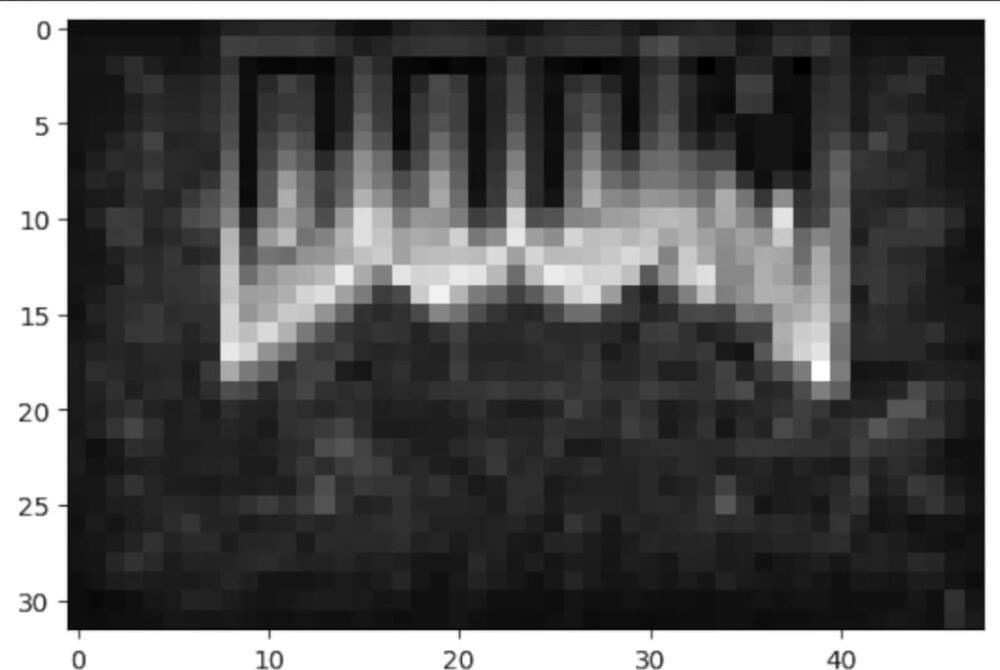In a significant advancement for next-generation semiconductors, a collaborative research team has made groundbreaking discoveries in the field of two-dimensional (2D) semiconductors.
Their findings, published in Nano Letters, shed light on the generation and control of trions, providing valuable insights into the optical properties of these materials.
2D semiconductors, known for their exceptional light characteristics per unit volume with high flexibility due to their atomic layer thickness, hold immense potential for applications in areas such as advanced flexible devices, nano photonics, and solar cells.
